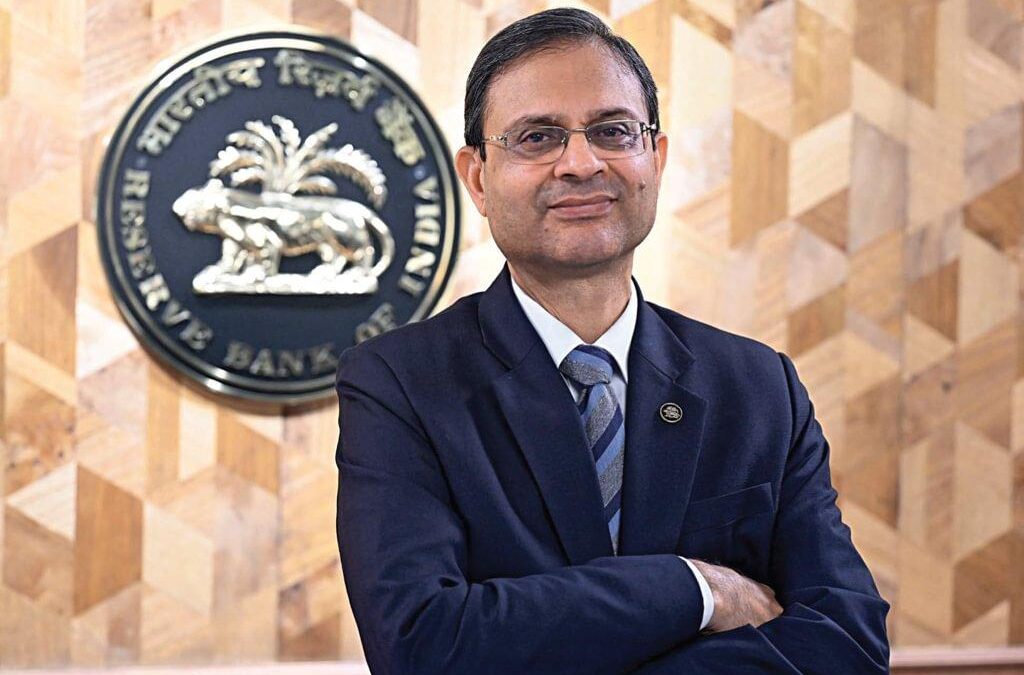“I am happy the RBI has brought changes in the existing deposit insurance scheme for the banks. The banks have been asking this for long. Paying insurance premium has become the largest overhead any bank today. SBI itself paid Rs 5400 crore of premium in FY 24-25. We are not distinguishing between one bank from others. It is an important move,” said CS Shetty, chairman, State Bank of India, the largest bank in the country.
Mumbai: Fulfilling one of the long pending demands of the banking industry, the Reserve Bank of India has decided to allow introduction of risk-based deposit insurance premium from the next financial year.
“It is proposed to introduce risk-based deposit insurance premium with the currently applicable flat rate of premium as the ceiling. This will incentivise sound risk management by banks and reduce premium to be paid by better rated banks,” said Sanjay Malhotra, Governor, RBI, said while announcing his Monetary Policy Statement, 2025-26 Resolution of the Monetary Policy on Wednesday.
Noting that the existing system does not differentiate between strong and weak banks, Malhotra said the RBI plans to implement a risk-based premium model, under which financially sound banks will pay lower premiums, helping them save costs. The new system is set to take effect from the next financial year.
The central bank will issue a detailed notification, effective from the next financial year.
Deposit Insurance and Credit Guarantee Corporation (DICGC), under the DICGC Act, 1961 has been operating the deposit insurance scheme since 1962 on a flat rate premium basis. At present, the banks are charged a premium of 12 paise per Rs 100 of assessable deposits.
“I am happy the RBI has brought changes in the existing deposit insurance scheme for the banks. The banks have been asking this for long. Paying insurance premium has become the largest overhead any bank today. SBI itself paid Rs 5400 crore of premium in FY 24-25. We are not distinguishing between one bank from others. It is an important move,” said CS Shetty, chairman, State Bank of India, the largest bank in the country.
Under the DICGC Act, the DICGC provides insurance for bank deposits, covering principal and interest up to Rs 5 lakhs per depositor, in the event of a bank’s liquidation or cancellation of its license.
The Corporation’s mandate is to protect small depositors, enhance public confidence in the Indian banking system, and contribute to financial stability by acting as a safety net against bank failures.
In the event a bank’s license is cancelled and it is unable to meet its liabilities, the DICGC pays the claim amount to the liquidator or the bank’s chief executive officer.
The DICGC insures all types of deposits (savings, fixed, current, recurring) with banks in India, except for institutional deposits and foreign government deposits.
It is an integral component of India’s financial safety net, providing protection to depositors and mitigating the risks associated with bank failures

